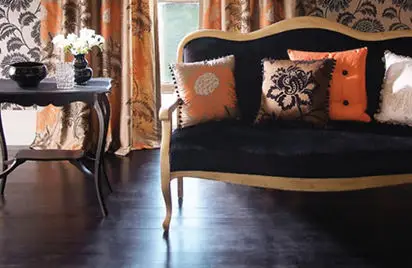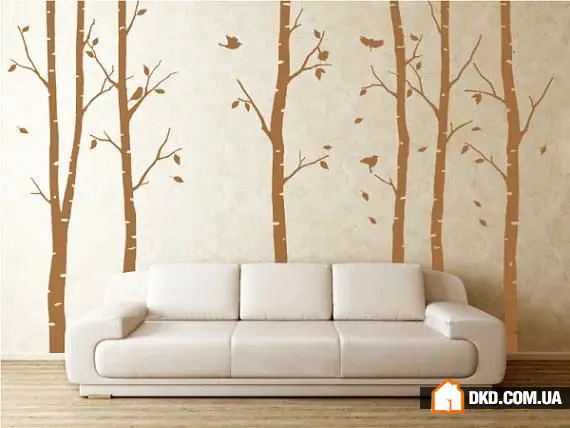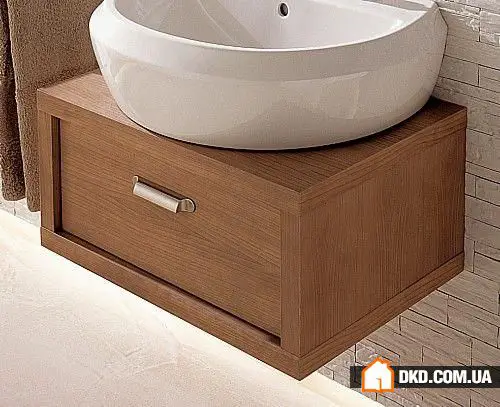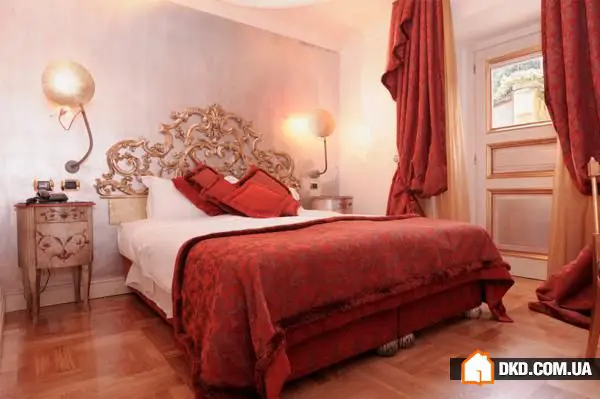There can be your advertisement
300x150
Successful Combination of Several Colors – Key to Perfect Room Design
There are primary colors (red, yellow, blue) and secondary colors (green, orange, purple, turquoise, and many others), which we get by mixing the primary ones.
When creating an interior, designers recommend either sticking to one color or using contrasting hues instead.
For example, if you have chosen a blue color, obviously you will be applying many of its shades that blend well together to enliven and diversify the interior.
As an alternative, you can choose two colors that are next to each other in the basic palette (e.g., yellow and yellow-green), as they blend beautifully and will work effectively together.
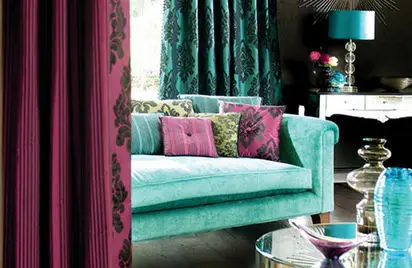
Another option (as shown in the photo) is using complementary colors located opposite each other on the color palette. Remember, no matter which colors you choose, especially if they are bright and intense, you need a light spot in the same room. Plan a neutral area, pastel or white, so that the eye can rest.
Pay attention to how many surfaces are painted in your chosen color. If walls and floor are in one color, that's already a lot, occupying a dominant space.
Therefore, it's necessary to balance proportions. Place a carpet, decorative cushions on the sofa, and a couple of other accessories in vibrant, contrasting colors. This will help create color accents and reduce the intensity of the main color in the interior.
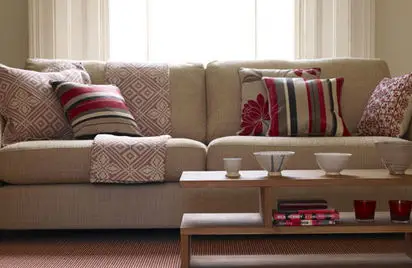
Try combining more than two colors in interior decoration to create something harmonious and visually pleasing. A light spring-style design of a room with the combination of young leaf color, clean white, and the scent of lilac not only decorates the interior but also fills the room with a springtime mood.

Pay attention to the color proportions in your room. If you paint all four walls in one color, it creates a flat and unremarkable feeling.
The solution is to decorate one wall in the relaxation, play, or workspace area with a different color. This decision requires supporting accessories: floor covering, curtains, and interior details. To ensure the colors are chosen correctly, stay overnight outside the home, then freshen up your view to evaluate your work.

Remember this situation: you saw wallpaper in a store and fell in love with it. Start planning the room design based on the existing item.
If you have wallpaper, love indoor plants, and want to keep your favorite chaise longue, let them become the foundation.
Choose further decoration based on these elements. Use the combination of these colors in bedding, throws, curtains, and pillows. The only caveat: do not equalize color proportions—details are details and should be fewer in number. Otherwise, they will start competing with the main color palette of the room and create an impression of messiness, untidiness, and lack of harmony among all decor elements.
